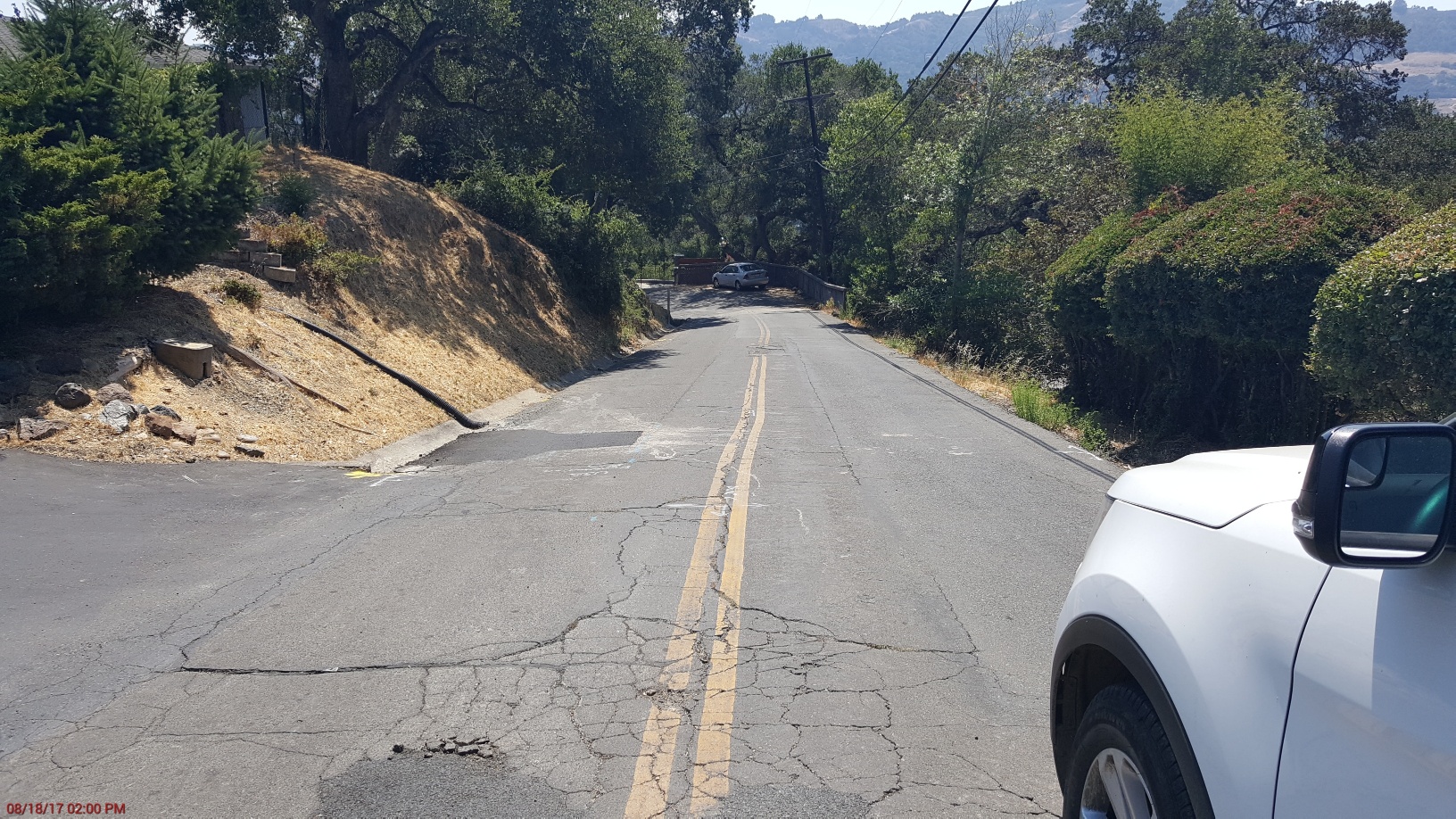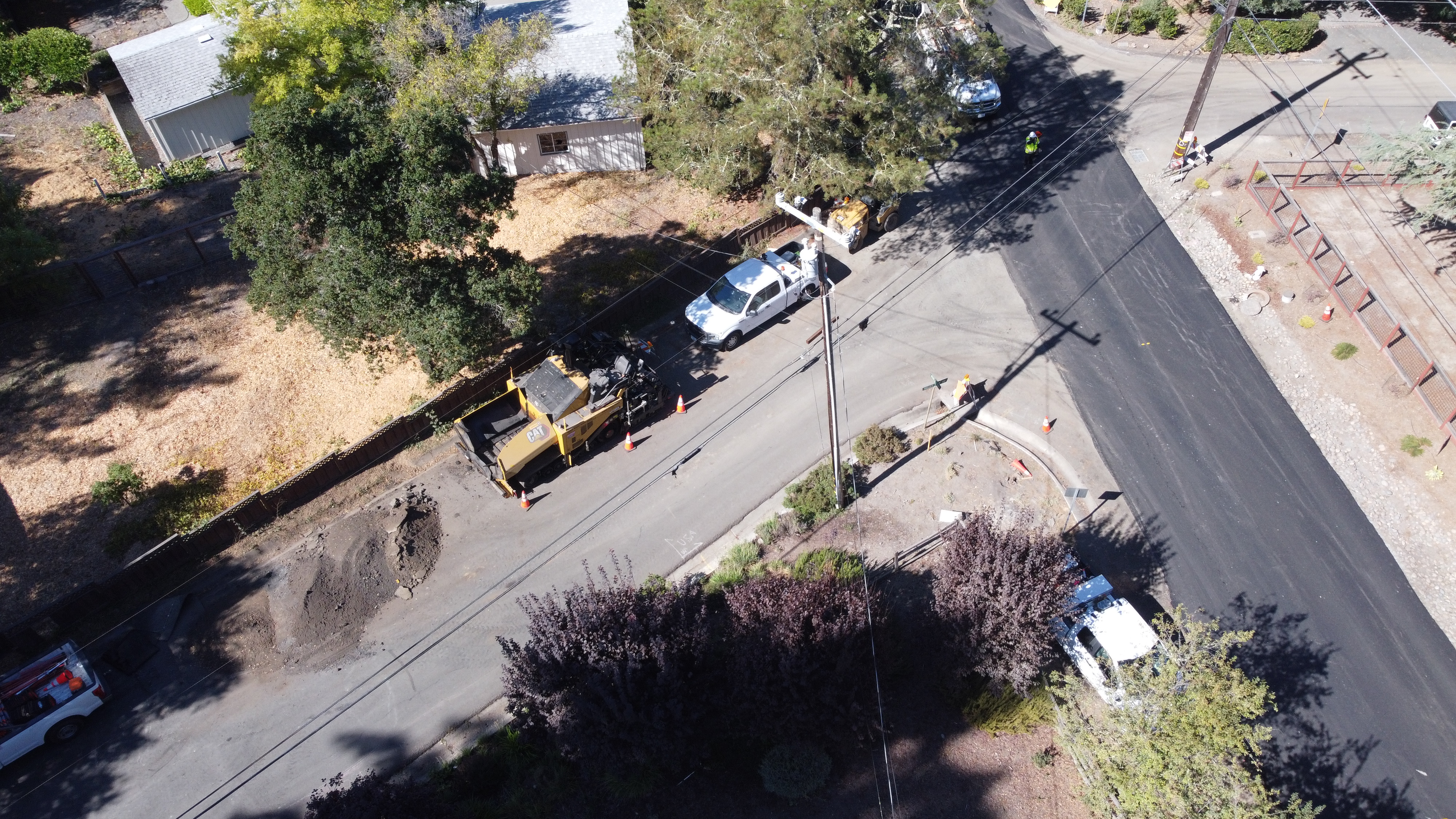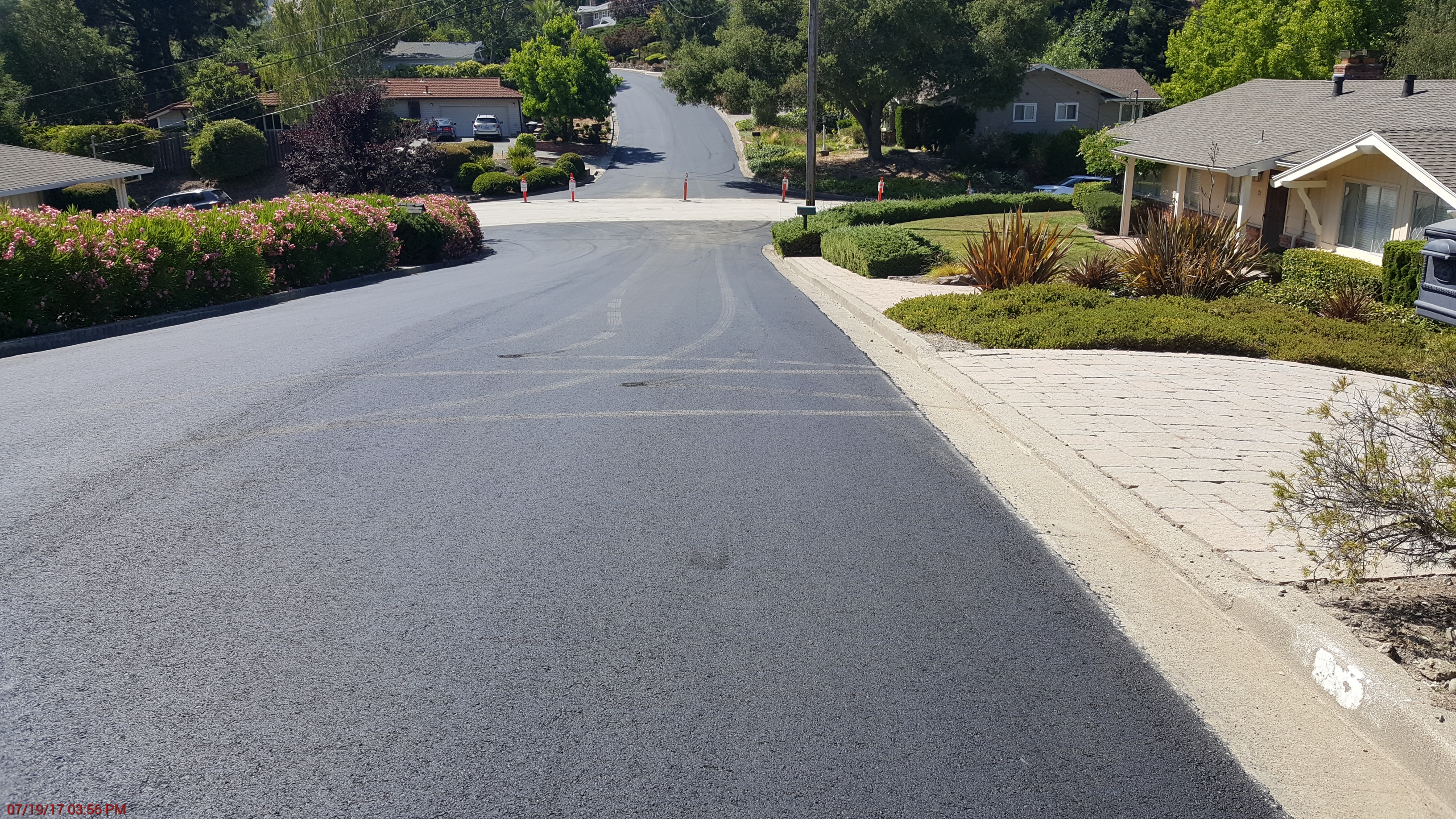A decade of work means good roads in Orinda
David Biggs is the city manager for Orinda. He can be reached at dbiggs@cityoforinda.org.
.png?sfvrsn=ca52a9c9_1) When it comes to voter issues, poor road quality is usually second only to housing or public safety. However, there often aren’t enough resources to repair every road, especially in smaller communities. So how did Orinda — a city with under 20,000 people in Contra Costa County — transform what were some of the Bay Area’s worst roads into its best roads?
When it comes to voter issues, poor road quality is usually second only to housing or public safety. However, there often aren’t enough resources to repair every road, especially in smaller communities. So how did Orinda — a city with under 20,000 people in Contra Costa County — transform what were some of the Bay Area’s worst roads into its best roads?

A little over a decade ago, the city had an average Pavement Condition Index (PCI) of 48. Municipalities use the index to measure the severity and extent of distress on a pavement surface, like cracking and potholes. PCI ratings can range from 0 to 100. A lower rating signifies more roadway damage and conditions, which will require reconstruction rather than preventive maintenance. Reconstruction is much more costly than prevention.
Today, Orinda’s PCI is 84 — far higher than the Bay Area’s average PCI of 67 and the second highest in the Bay Area. This is a tale of community engagement, building trust, and keeping promises.
“It may seem trivial, but as a driver, you know how the road’s quality can greatly impact your driving experience and safety,” said Orinda resident and volunteer Bill Waterman. “No one wants to swerve around potholes and incur the additional costs of deteriorated streets. Plus, there is the basic civic pride in knowing the roads are back to high standards again.”
Measure L: Just the beginning
Orinda was founded more than a century ago and was incorporated in 1985 after Proposition 13 (1978). As such, it inherited a 92-mile road network that suffered from a lack of investment and was developed for a rural community instead of a thriving suburb.
Orinda’s improved roads are largely thanks to voters’ decision to pass Measure L in 2012. The measure passed with a two-thirds majority — 7,569 to 3,311 votes. It wasn’t the first time the city had tried to pass such a measure, but it was the first time such a measure had passed.
“After testing the waters unsuccessfully previously about road funding measures, we turned to a group of community members with expertise in transportation and financing to develop a comprehensive road needs assessment and funding plan working with staff,” said Amy Worth, a former mayor and longtime council member. “That comprehensive plan was funded through successive measures presented and approved by the voters which built upon demonstrated success in improving street quality.”
Yet the 10-year funding source in the form of a half-cent sales tax override was just the beginning.
Continued investments yield long-term payoffs
Having seen the value in Measure L, voters in 2014 and 2016 approved two more bond measures totaling $45 million. Each year, property owners pay an average of just under $600 per parcel towards this strategic investment. This funding — in tandem with Measure L revenues, taxes, fees, funds, and grants — allowed the city to dramatically improve its PCI over the past decade.
 Since 2013, the city has spent an average of $2.3 million per year on street maintenance and repair. But, even once upgraded, streets deteriorate due to normal wear and tear. With an eye to the future, the city council placed Measure R on the ballot in 2022 as Measure L’s 2023 expiration approached.
Since 2013, the city has spent an average of $2.3 million per year on street maintenance and repair. But, even once upgraded, streets deteriorate due to normal wear and tear. With an eye to the future, the city council placed Measure R on the ballot in 2022 as Measure L’s 2023 expiration approached.
Since the approval of Measure L, the Citizens Infrastructure Oversight Commission presented an annual report to the city council that details the conditions of Orinda’s roads, spending, completed work, and projects on the horizon. Working with the commission, the city council convinced voters to approve the new full-cent sales tax by nearly two-thirds, Measure R.
This general tax provides for both public street maintenance and storm drain repair, as well as funding, for emerging needs, including wildfire risk reduction and emergency preparedness. Given the measure’s broader focus, the Measure L oversight commission was replaced with the Supplemental Sales Tax Oversight Commission.
The 2022 Annual Pavement Program utilized the last of the bond proceeds and Measure L revenues, along with some Measure R monies. It marked all but a few of Orinda’s public roads as completely rehabilitated, with the next few years calling for a more normal level of preventive maintenance.
Financing the future with local funding measures
Though the city has made great progress in repairing and improving infrastructure, there are further demands on the horizon. During a five-year, preventative maintenance period, Measure R funds will mostly go towards storm drain repairs — guided by a plan developed by the Citizens Oversight Commission — as well as wildfire prevention and emergency preparedness.
In early 2024, the city will re-evaluate options for addressing future roadway challenges, including those caused by recent weather and the state’s green infrastructure mandates, both of which will require more costly street work. Funding for future street maintenance will come, in part, from Measure R. However, city officials anticipate a funding shortfall in the long term due to higher costs.
Following a “fix it first” principle and extending the life of the city’s streets through strategic preventive maintenance will allow the city to avoid more costly reconstruction and accumulated deferred maintenance costs. These endeavors will be guided through collaboration with city partners, county, state, and federal agencies, and most importantly, residents.
This transformation highlights the importance of strategic funding and planned repairs and serves as a possible road map for other cities struggling with similar infrastructure challenges. It also serves as a reminder that passing local funding measures is never easy. Attempts to raise that threshold will only make it harder for cities to maintain their current levels of service — much less expand it to meet increased demand and mandates.
Gaining support for those measures — and protecting the ability of residents to dictate how their taxes are spent — is always worth trying!
The Cal Cities #LocalWorks initiative shines the spotlight on examples of local actions that are making a difference to their communities. Show how #LocalWorks in your community by emailing Managing Editor Brian Hendershot with a short description of your story. Completed stories under 1,000 words are welcome, but publication is not guaranteed.
